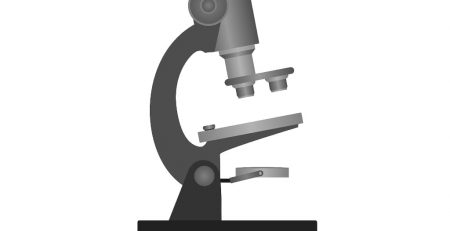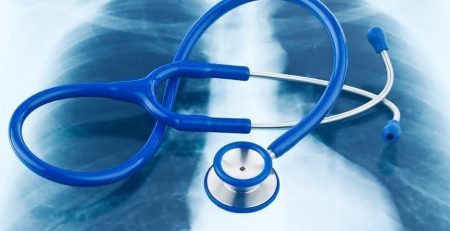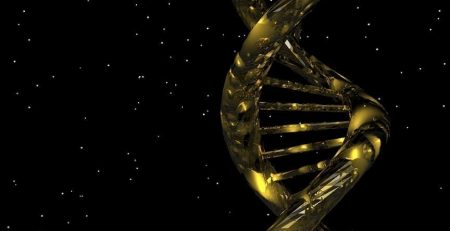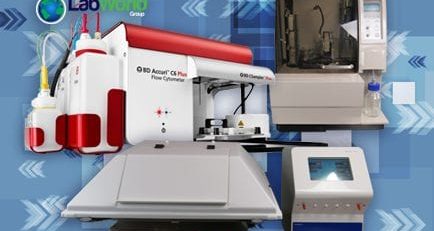Scientists Create Simple Artificial ‘Cell’ Capable Of Spontaneous Movement
The cells that are composed of all living this are in constant interaction with their surroundings. They do complex chemical processes to assure the cell and the organism remain healthy. Scientists haven’t figured out how to replicate a fully-functional synthetic cell, but now it seems that they are off to a good start. Basic artificial vesicles capable of changing shape and moving spontaneously were created by a team of biophysicists. These will be used in the future design of progressively-complex artificial cellular structures, capable of interacting with the surroundings and carrying out the same processes as a natural biological cell. Andreas Bausch from Technische Universität München led the research and was featured on the cover of Science.
Bausch’s team look at the basics of cell biology and used biomolecules to construct the most fundamental cellular structures from the protein level up. A rudimentary cytoskeleton was built by adding microtubules inside the lipid bilayer membrane that served as the vehicle’s husk. Proteins called kinesins were added to move along the microtubules, providing movement. Kinesins need coenzyme adenosine triphosphate(ATP) to function, which was added as a source of fuel. Within the vesicle, the microtubules formed a constantly moving flat layer of liquid crystal. “One can picture the liquid crystal layer as tree logs drifting on the surface of a lake,” lead author Felix Keber said in a press release. “When it becomes too congested, they line up in parallel but can still drift alongside each other.”
As the 2D arrangement of the microtubule liquid crystals are trying to line a 3D spheroid completely, it cannot be done perfectly. The faults did not impact the shape or integrity of the vesicle under normal conditions but has changed when they were subjected to different environmental conditions. As the water was removed from the vesicle due to osmosis, the bilayer membrane deflated. Movement from the microtubules in the faults caused the sagging membrane to create new shapes, including some with spike-like protrusions.”With our synthetic biomolecular model we have created a novel option for developing minimal cell models,” Bausch states. “It is ideally suited to increasing the complexity in a modular fashion in order to reconstruct cellular processes like cell migration or cell division in a controlled manner. That the artificially created system can be comprehensively described from a physical perspective gives us hope that in the next steps we will also be able to uncover the basic principles behind the manifold cell deformations.”














